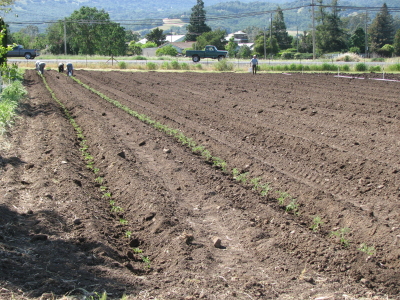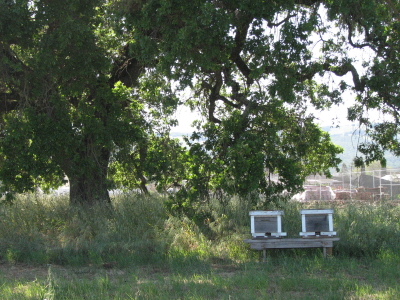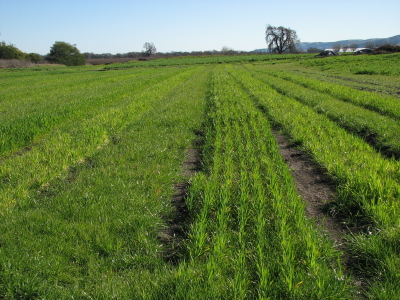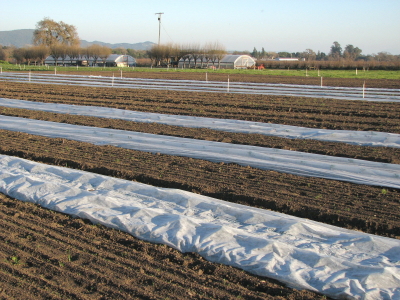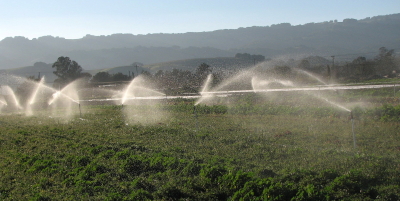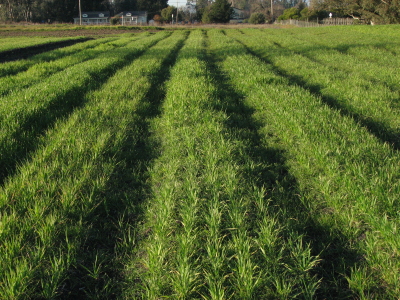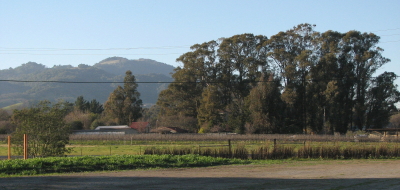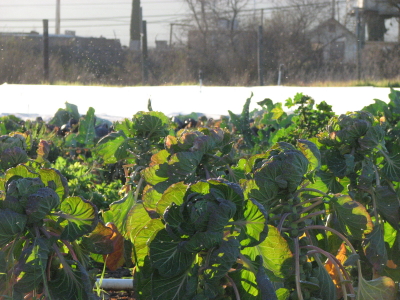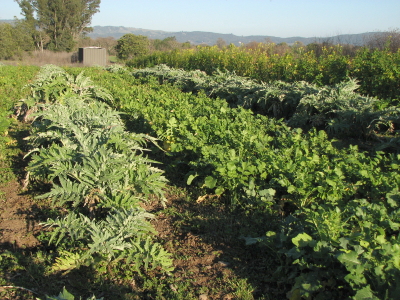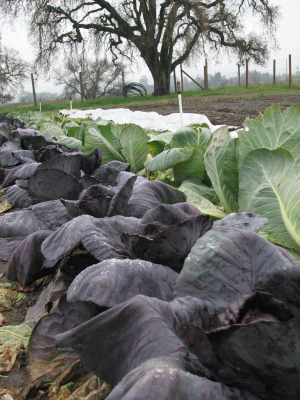It’s 106° right now. Paul has gone out for the fourth time today (it’s Sunday) to “check water”. Daytime highs are predicted to be around 100° for the next 10 days. Keeping the crops and the field crew hydrated is essential to ensure harvestable produce in the next month or so.
Yesterday I took some photos of things as they manage. It was 100°.
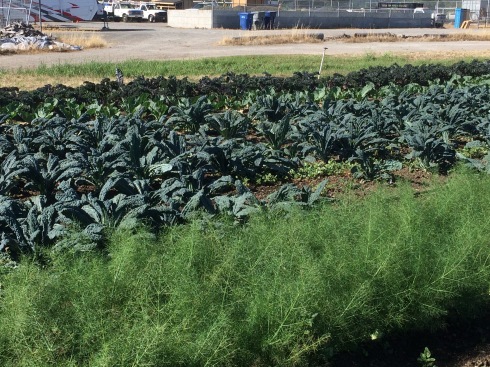
Fennel, Kale, Collard and Scarlett Kale, ready to harvest.
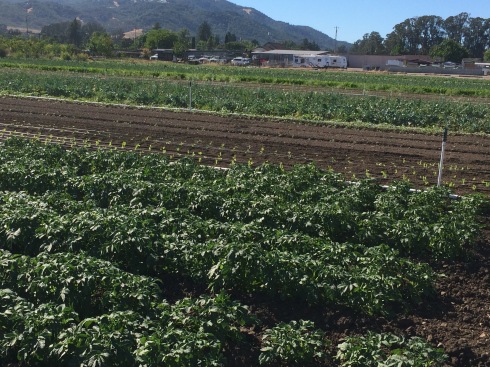
Potatoes (in the foreground) are looking healthy.
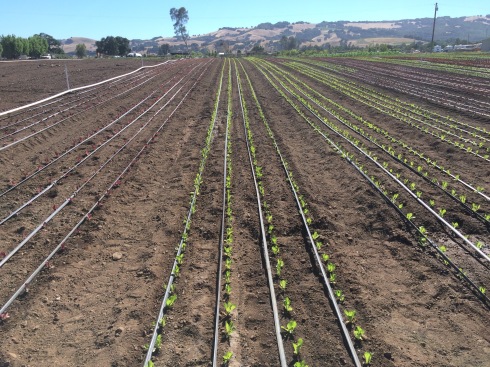
These lettuces were planted two days ago.
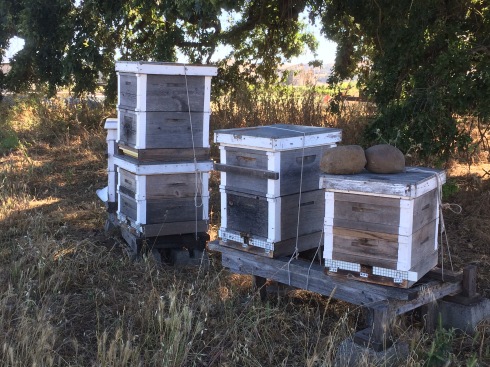
The bees are very busy in the heat.
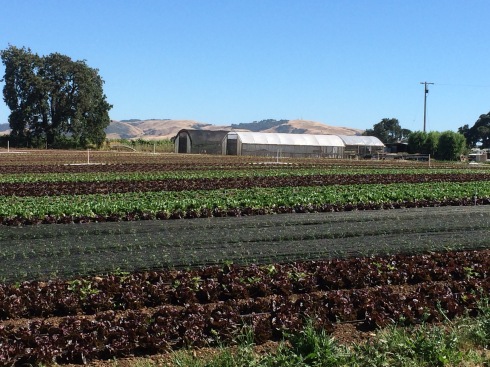
Looking across 6 weeks of lettuce plantings; Red Butter, Little Gem, Rosaine, Cherokee and Romaine. We need to cover the Little Gem in the last stage, so it’s not feeding the rabbits!
Summer is always busy. As the heat continues, we are relieved by the decision not to host the Saturday Farm Stand this year. Because we farm year-round, we have to use our energy wisely. Our sense of pace is maturing.


























